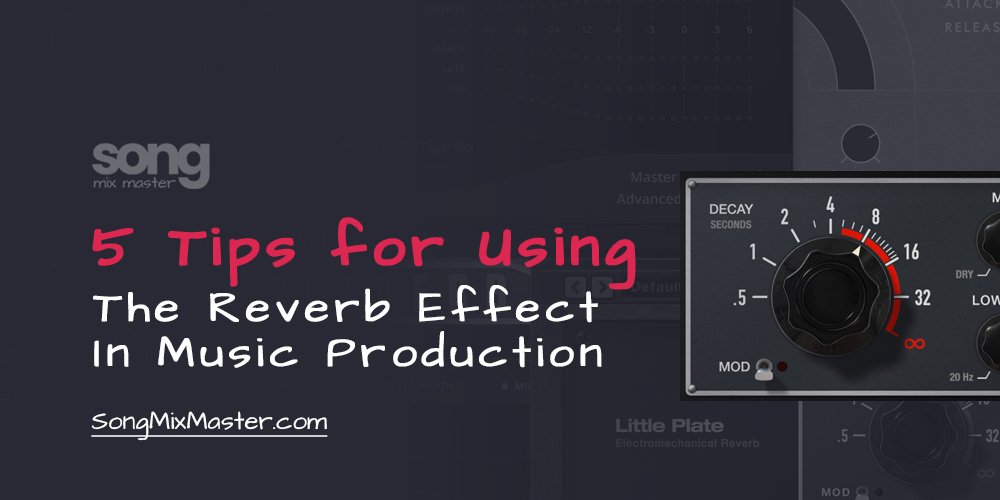Mixing, Production
5 Tips for Using The Reverb Effect in Music Production
If you’re into mixing and mastering, you know that reverb is one of those effects that can either make or break your track. I this article, I’m sharing five handy tips for using reverb that can simplify your life and maybe even surprise you.
5 Tips for Using The Reverb Effect
Reverb had its heyday back in the 80s, but it’s still a go-to effect in music production today—just used a bit more subtly than in those dramatic eighties ballads. Here are five tips for using reverb in your music production that you can confidently apply this year. And remember: like with all production effects, reverb benefits from your own experimentation. So, don’t be shy—turn that knob and see what happens!
1. Mono Reverb for a Clear Panorama
Reverb places an audio signal in space, but just like in real life, it can make pinpointing the source trickier. If you want an instrument to stay in a specific spot in the stereo field, try using mono reverb and pan it to the same position as the instrument. This keeps things clear and focused.
2. Reverb and De-Esser
Bright reverb tails can really flatter vocals and make them sound more musical. But watch out—sibilants and “sss” sounds can get out of hand. To avoid this, run the signal through a de-esser before adding reverb. This will tame those harsh sounds and smooth everything out nicely.
3. Don’t Skimp on Reverb Quality
Reverb is probably the most crucial effect in any studio, and our ears are pretty good at picking up on spatial cues. When it comes to buying reverb plugins or hardware, don’t cut corners. Investing in a high-quality reverb unit or plugin is essential for getting that professional sound.
4. Pre-Delay and Reverb
Applying a lot of reverb to vocals can quickly push them too far back in the mix. You can avoid this by setting a high pre-delay value (over 50ms). This delay creates a nice separation between the dry vocal and the reverb, maintaining the vocal’s presence while still adding that spacious effect.
5. Less is More
If you listen closely to commercial productions, you’ll notice that when it comes to reverb, less is often more. Overdoing it can make your mix muddy and obscure the details of your tracks. Use reverb sparingly to enhance the spatial quality of your mix without overwhelming it.
Conclusion
Using reverb effectively can significantly enhance your music production, giving your tracks a professional and polished sound. The key is subtlety and precision. Experiment with these tips, and you’ll be on your way to creating mixes that sound great in any environment.


Disclaimer: Any references to any brands on this website/webpage, including reference to products, trademarks, brands and companies, are provided for description purposes only. We don't have any association with or endorsement by these brands or companies. Some of the links on our blog may be affiliate links. This means if you click on these links and make a purchase, we may earn a commission at no extra cost to you.
Need Professional Mixing & Mastering?
You may also like to read...
How to Widen Your Mix: Tips for Stereo Imaging
Soundtoys Decapitator – The Secret to Authentic Analog Tone
10 Essential Tips for Mastering with FabFilter Pro-L2
Demystifying the Role of a Mixing Engineer
How To Use a Pultec EQ For Warm And Punchy Sound
Mixing Guitar Tracks: Tips and Techniques